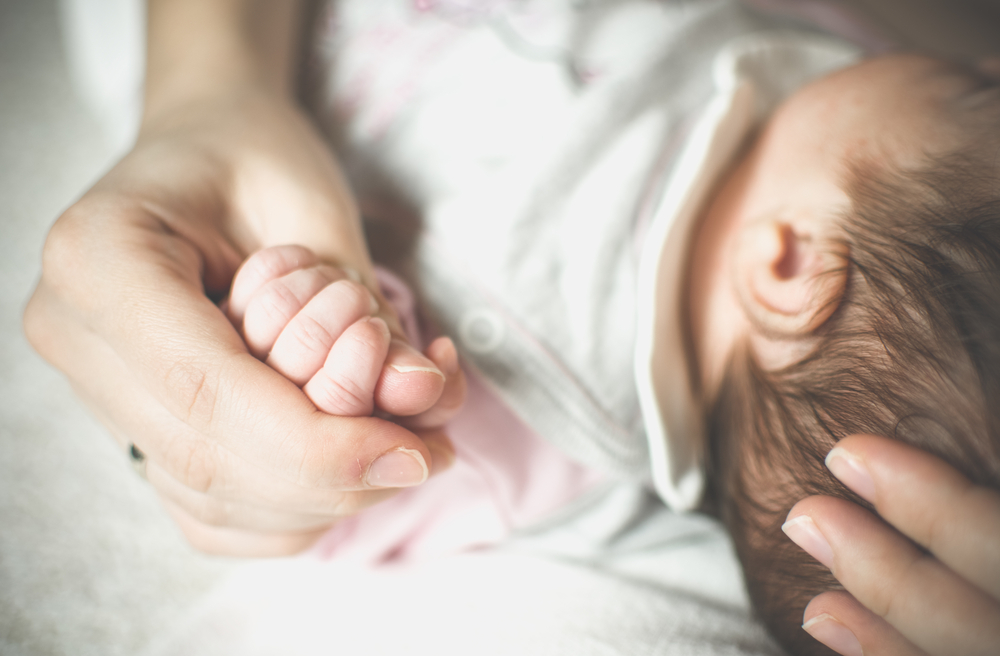DIAGNOSIS
To diagnose a clubfoot, the doctor identifies it just by looking at the position of the foot and may sometimes request X-rays to determine how severe it is.
Clubfoot can be identified during ultrasound scan. Based on the reports, physician or genetic counsellor or an orthopedic surgeon will advise you regarding the condition.
TREATMENT
Treatment for your newborn’s clubfoot usually begins in the first week or two after birth because their bones, joints, and tendons are very flexible. The treatment specifically hopes to prevent long-term disabilities along with improving the appearance of the child’s foot and the way it works before they learn to walk.
The following are some treatment options:
Stretching and casting (Ponseti method). This one is the most common clubfoot treatment where the doctor:
-Moves your baby’s foot into a right position then place it in a cast to hold it there
-Once or twice a week for several months, the doctor will reposition and recast your baby’s foot
-Conduct a minor surgical procedure to lengthen the Achilles tendon (percutaneous Achilles tenotomy) toward the end of this process
You’ll need to maintain the shape of your baby’s foot after it was realigned by doing one or more of the following:
-Stretching exercises with your baby
-Putting your child in special shoes and braces
-Ensure that your child wears the shoes and braces as long as needed. This usually full time for three months then at night for up to three years
Surgery. An orthopedic surgeon can help if your baby’s clubfoot doesn’t respond to nonsurgical treatments or is severe, he can lengthen the tendons to ease the foot into much better position.
Your child will be in a cast for up to two months after surgery, and then to prevent the clubfoot from coming back, he or she will need to wear a brace for a year or so.


